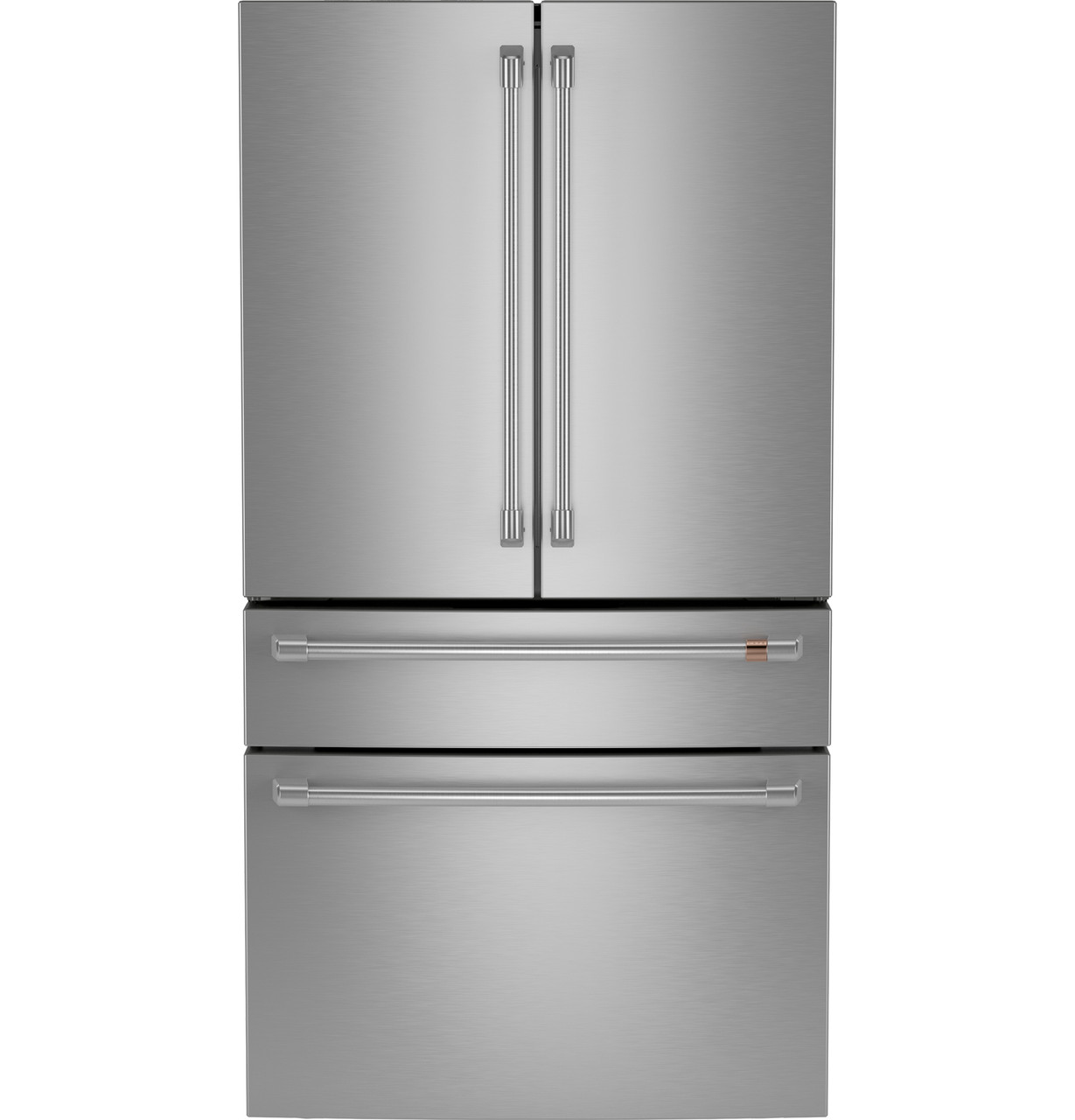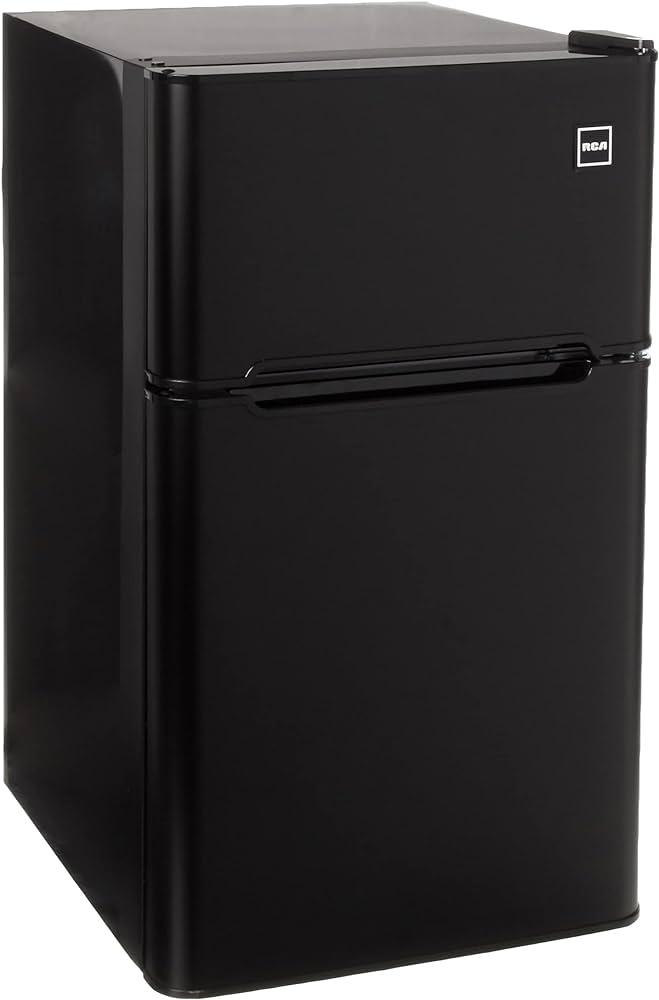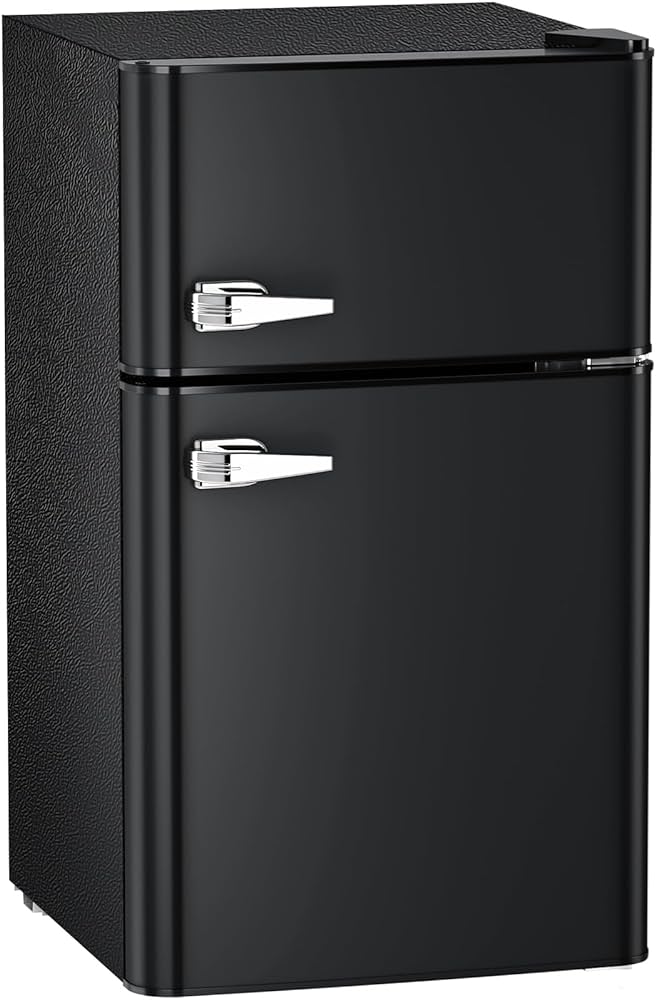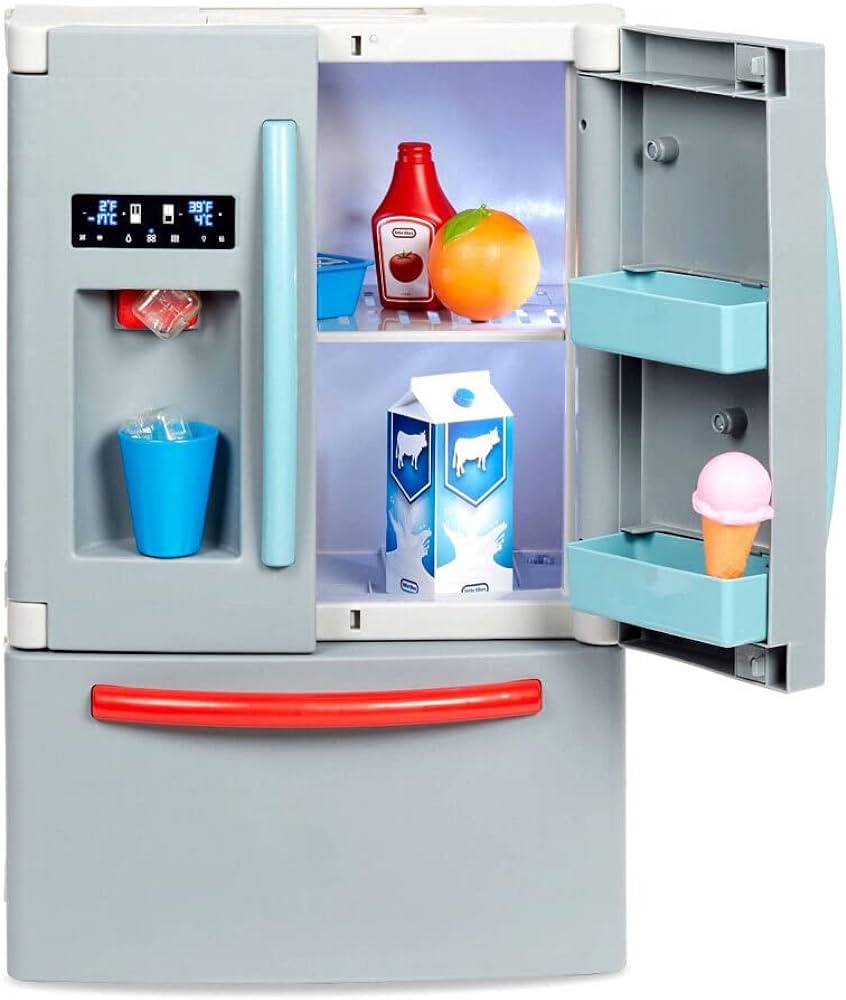Introduction:
Understanding the Impact of Laying a Refrigerator on its Back
When moving or transporting a refrigerator, there may be instances where it needs to be laid on its back. However, it is crucial to consider the potential consequences and time limits associated with this position. Laying a refrigerator on its back can impact its internal components, particularly the compressor and refrigerant system. In this comprehensive guide, we will explore the effects of laying a refrigerator on its back and provide guidelines to ensure its safe operation. By understanding the impact and following the instructions below, you can effectively handle your refrigerator during transportation without compromising its performance or damaging its internal systems.

How Long Can a Refrigerator Lay on Its Back? A Comprehensive Guide
-
Potential Risks and Consequences
a. Impact on the compressor: Laying a refrigerator on its back can cause the compressor oil to flow into the refrigerant lines, potentially leading to compressor damage or failure. When the refrigerator is returned to an upright position, allowing sufficient time for the oil to drain back is essential to prevent these issues.
b. Damage to the refrigerant system: In addition to the compressor, the refrigerant system components, such as the condenser coils and evaporator coils, may also be at risk when the refrigerator is laid on its back. Mishandling or improper positioning during transport can cause damage or misalignment to these delicate parts.
c. Potential refrigerant leaks: If the refrigerant lines are compromised or damaged while laying the refrigerator on its back, it can result in refrigerant leaks. These leaks not only impact the cooling efficiency of the refrigerator but also pose environmental hazards.

-
Minimizing the Time Laid on its Back
a. Time limits for transportation: When laying a refrigerator on its back during transportation, it is crucial to minimize the duration. The longer the refrigerator remains in this position, the higher the risk of oil migration and potential damage to internal components.
b. Prioritize efficiency and planning: Plan the transportation process efficiently to minimize the time the refrigerator remains on its back. This includes ensuring a clear and safe path, having the necessary equipment ready in advance, and properly securing the refrigerator during transport.
-
Best Practices for Transporting a Refrigerator
a. Securing the refrigerator: During transportation, securely fasten the refrigerator to prevent it from tipping or rolling over. Utilize straps or other reliable fastening methods to ensure the refrigerator remains stable and in the desired position.
b. Consider alternative positions: If possible, prioritize transporting the refrigerator in an upright position rather than laying it on its back. This reduces the risk of damage to internal components and avoids potential complications associated with the oil migration.
c. Additional precautions: Take extra precautions during transport by maintaining a level position and ensuring the refrigerator is protected from any impacts or sudden movements that could cause damage.

-
Preparing the Refrigerator for Transport
a. Emptying and cleaning: Before moving the refrigerator, remove all contents, including perishable items, trays, and drawers. Clean and dry the interior thoroughly to prevent the growth of mold or unpleasant odors during transportation.
b. Securing loose components: Remove any loose or detachable parts, such as doors, shelves, or drawers, and pack them separately. Securely pack these components to prevent them from becoming dislodged during transportation and causing damage.
c. Securing the doors: Ensure the doors are tightly closed and, if necessary, use tape or other secure fastening methods to prevent them from swinging open during transport.
-
Handling a Refrigerator When Laid on its Back
a. Allowing recovery time: If the refrigerator needs to be laid on its back, it is crucial to allow sufficient recovery time. This period allows any compressor oil that may have migrated into the refrigerant lines to drain back to its original position.
b. Carefully uprighting the refrigerator: When returning the refrigerator to an upright position, proceed slowly and gently. Avoid any sudden movements or impacts that could cause further damage to internal components.
c. Waiting before powering on: After the refrigerator has been uprighted, wait at least the same duration it was laid on its back before plugging it back in. This waiting time allows the compressor oil to settle and reduces the risk of compressor damage.

-
Seeking Professional Assistance and Manufacturer Guidelines
a. Consult the manufacturer: If you have concerns about laying your refrigerator on its back or encounter any operational issues after transport, refer to the manufacturer’s guidelines and recommendations. Manufacturers often provide specific instructions to ensure the safe transport and operation of their appliances.
b. Professional evaluation and assistance: If you are unsure about the impact of laying your refrigerator on its back or encounter any issues after transportation, it is advisable to seek assistance from a professional refrigerator technician. They have the expertise to assess the situation, identify potential damage, and provide necessary repairs or recommendations.
c. Adhering to electrical codes and regulations: Always adhere to local electrical codes when moving or installing a refrigerator. This ensures that the electrical connections and power supply are compliant with safety standards and prevents potential hazards.
-
Understanding Individual Refrigerator Requirements
a. Variations in individual refrigerators: While general guidelines can be followed, it is important to recognize that different refrigerators may have unique requirements. Factors such as the refrigerator’s specific design, age, and model may influence the impact of laying it on its back.
b. Reviewing the user manual: Consult the user manual or documentation provided with your refrigerator. The manufacturer’s instructions may contain specific guidance regarding transport, including information about the maximum allowable time for laying the refrigerator on its back.
c. Factors to consider: If no specific guidelines are available, factors such as the age and condition of the refrigerator should be taken into account. Older refrigerators or those with preexisting issues may be more sensitive to being laid on their backs.
-
Monitoring for Potential Issues
a. Post-transport inspection: After transporting and reconnecting the refrigerator, perform a thorough inspection to identify any visible damage or issues. Check for leaks, unusual noises, functionality issues, or any signs of damage to the compressor or refrigerant system.
b. Promptly address concerns: If you notice any unusual or concerning issues after transport, take immediate action. Consult a professional technician to assess and address the problem to prevent further damage or disruption.
c. Regular maintenance and servicing: Proper maintenance and periodic servicing of the refrigerator can ensure its optimal performance and longevity. Schedule regular inspections and cleaning to keep the refrigerator in good condition and prevent potential issues.

Conclusion: Ensuring Safe Refrigerator Transport
Laying a refrigerator on its back during transportation carries potential risks, particularly for internal components like the compressor and refrigerant system. Prioritizing minimal time spent in this position, securely fastening the refrigerator during transport, and minimizing potential impacts are essential to ensure safe transportation. Other considerations, such as cleaning and securing loose components, should also be taken into account. By following these guidelines and adhering to best practices, you can safely transport your refrigerator without compromising its performance or causing damage.
